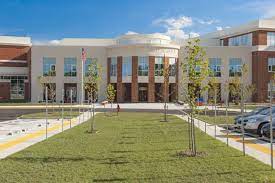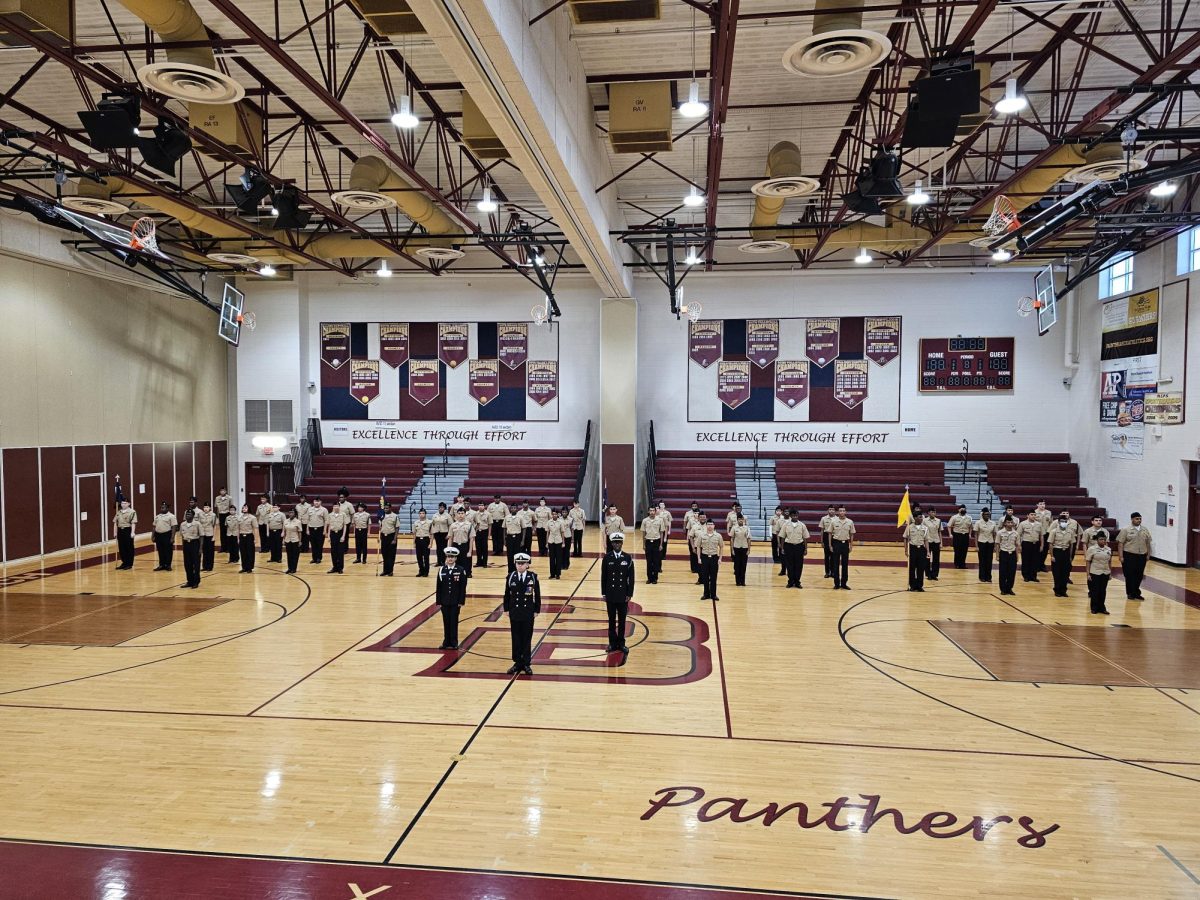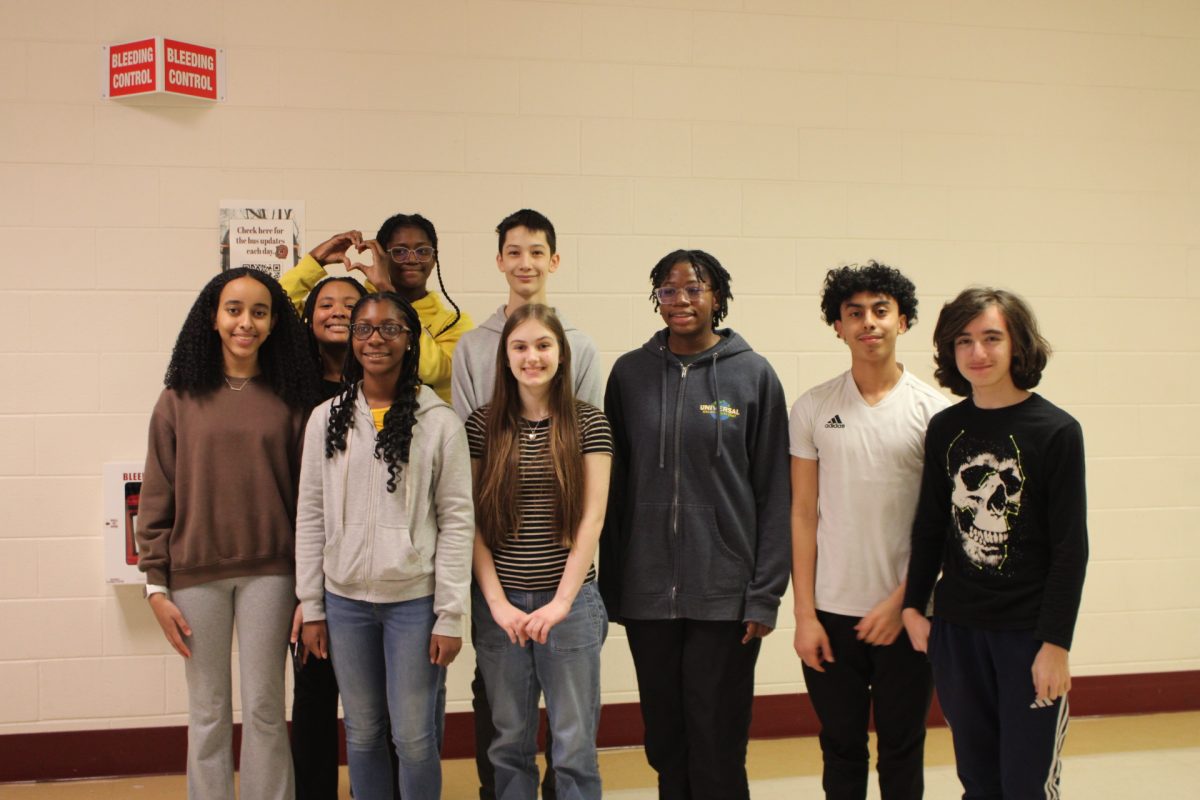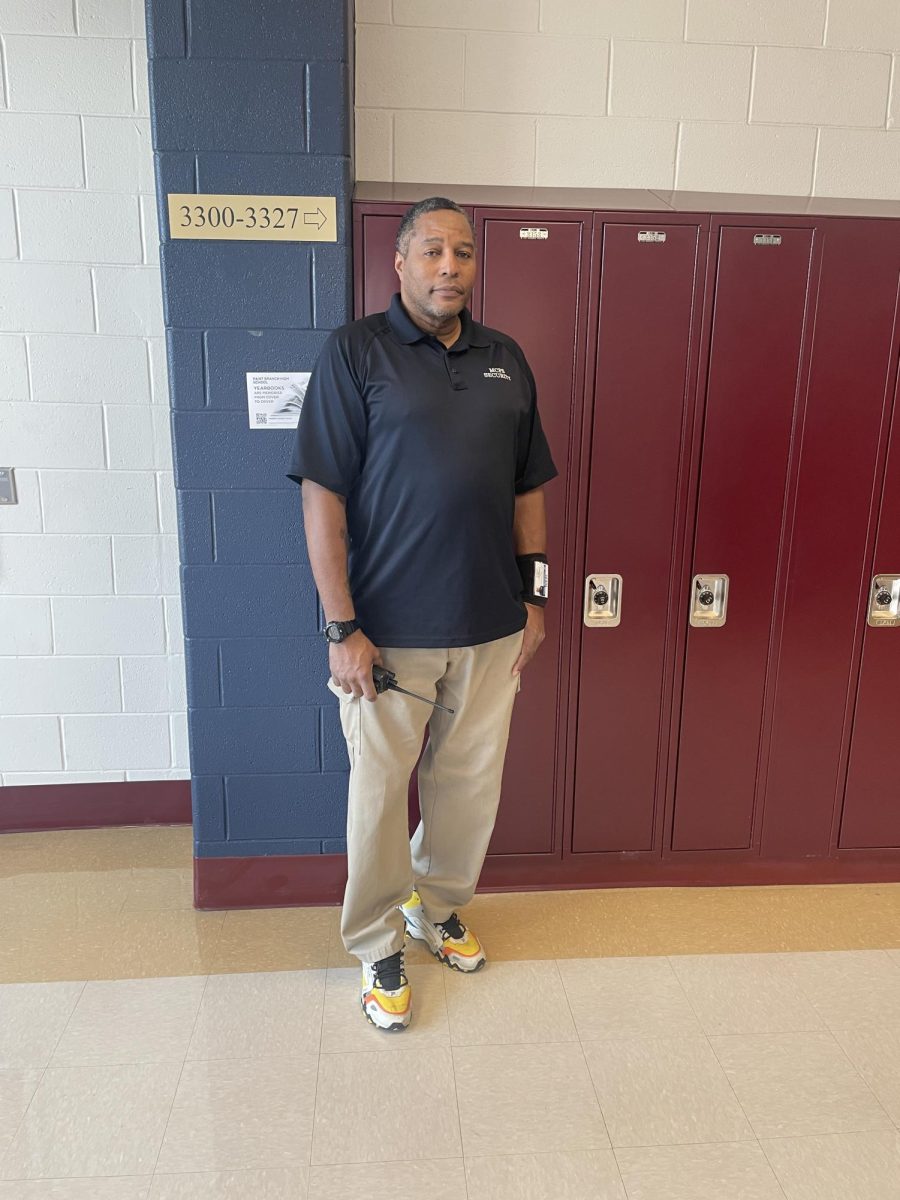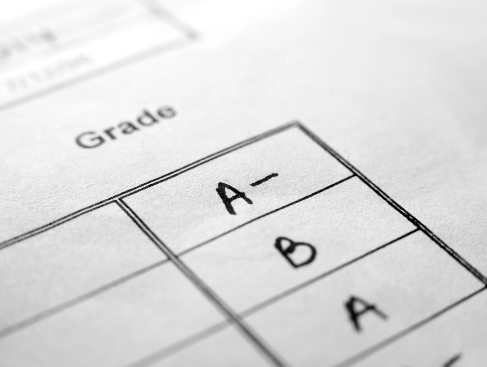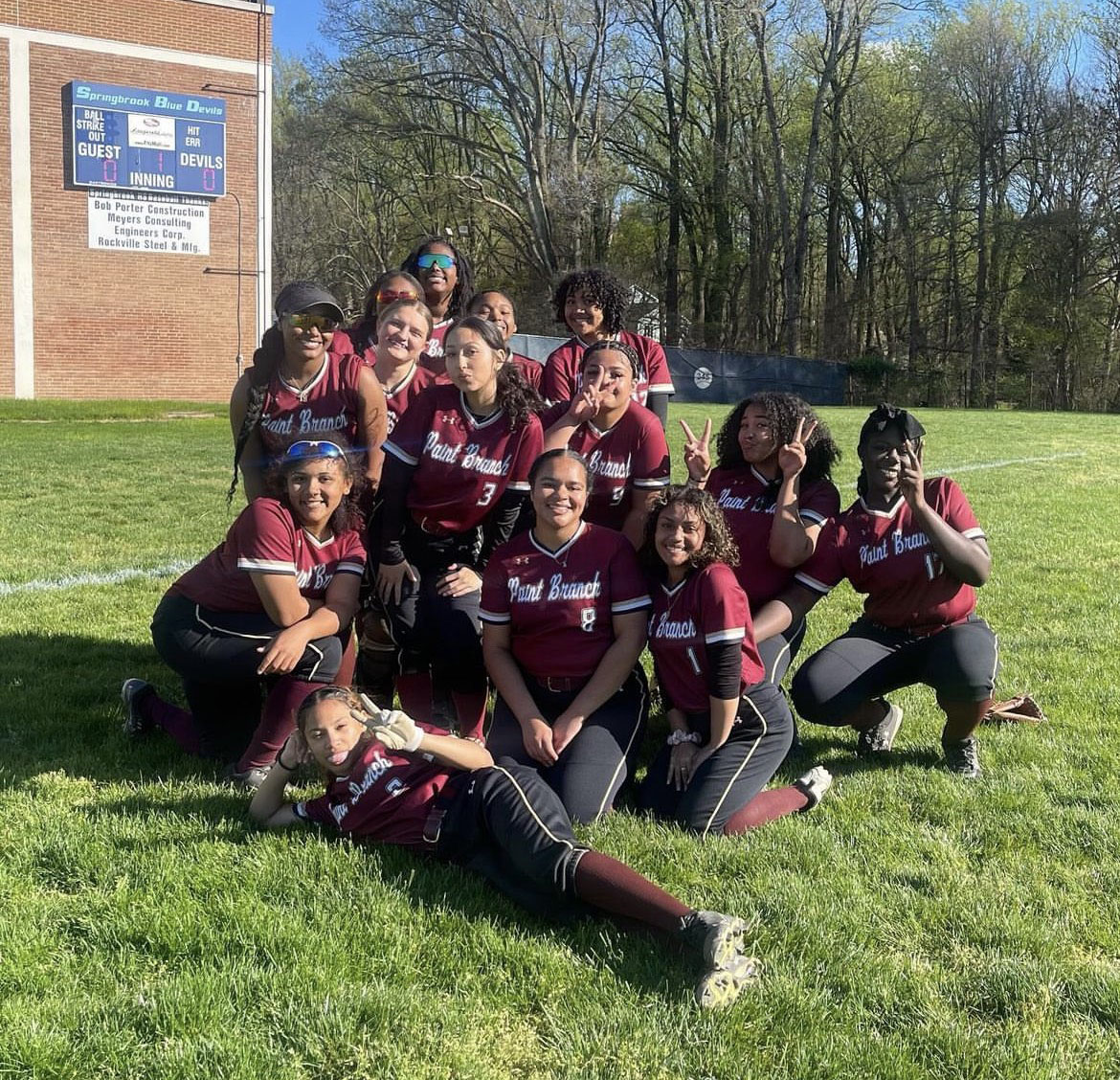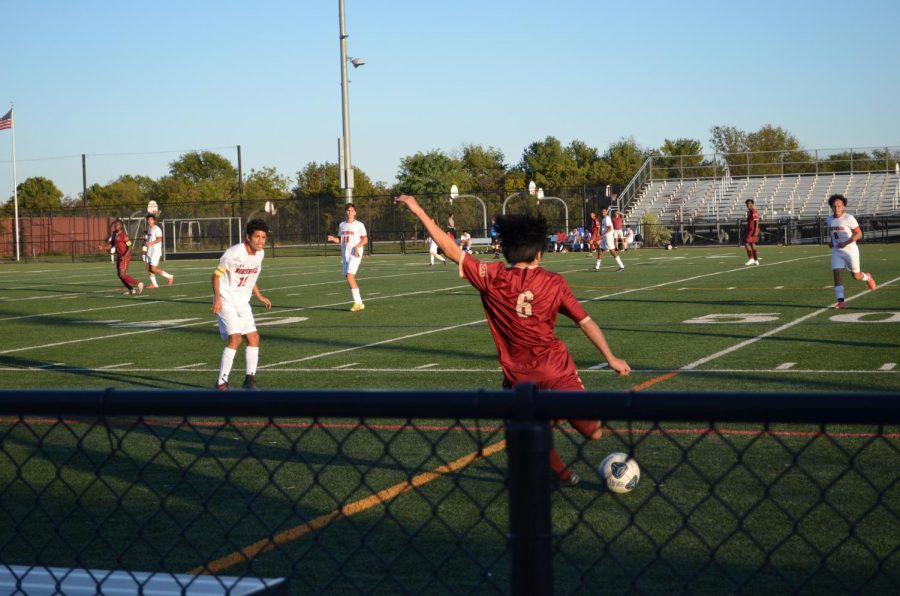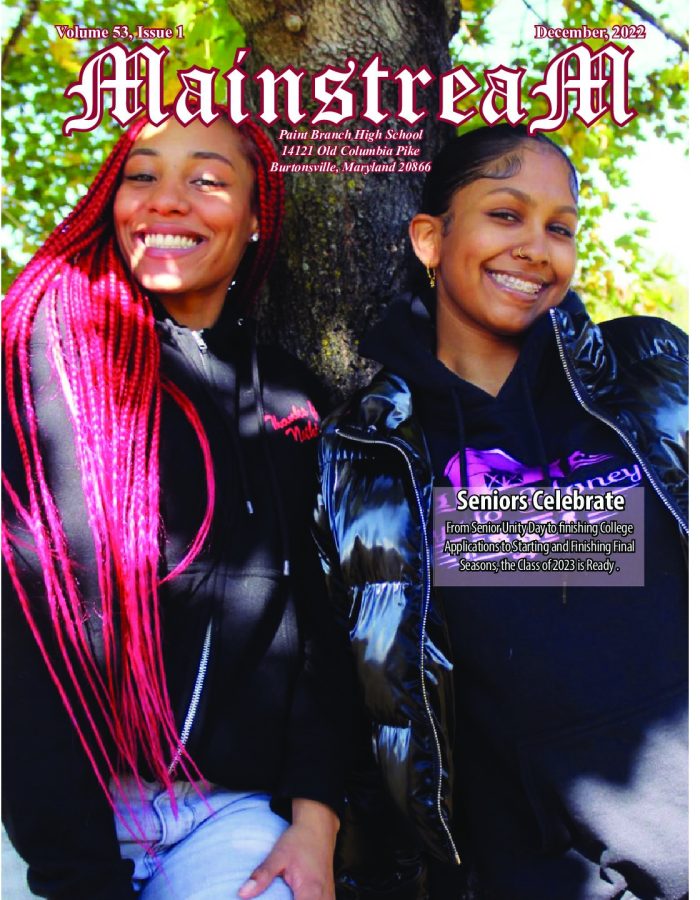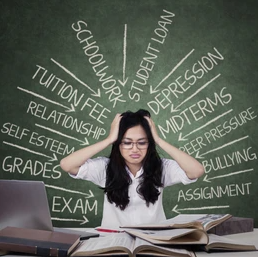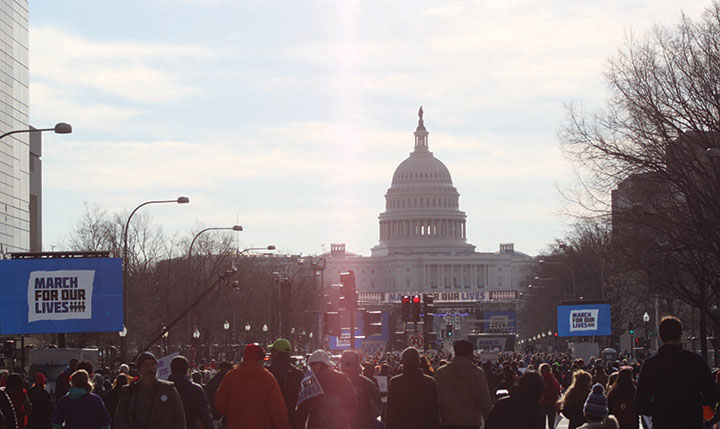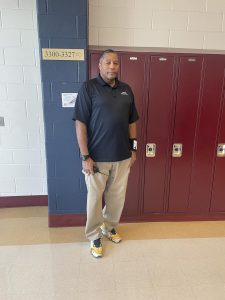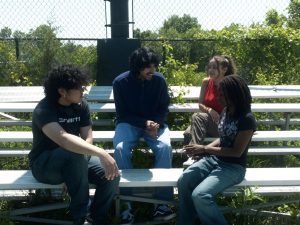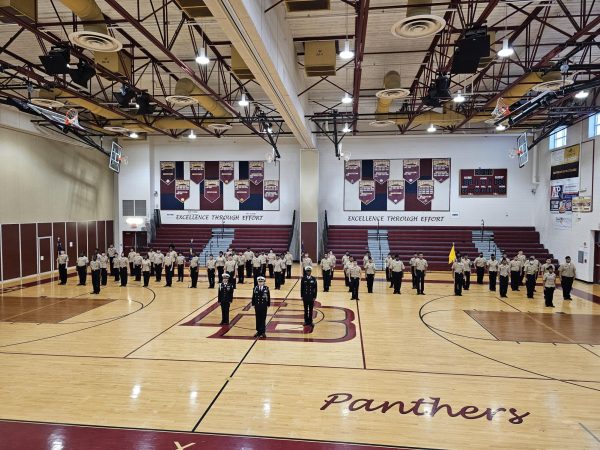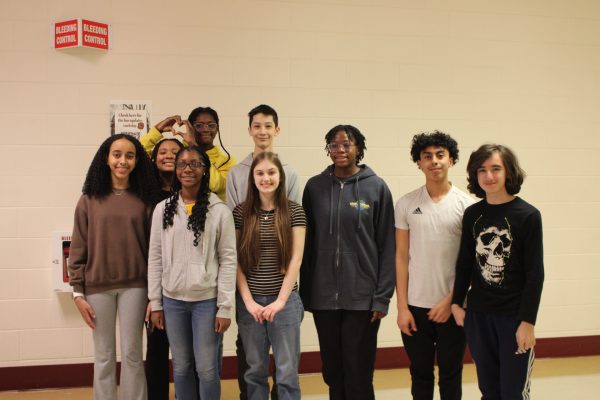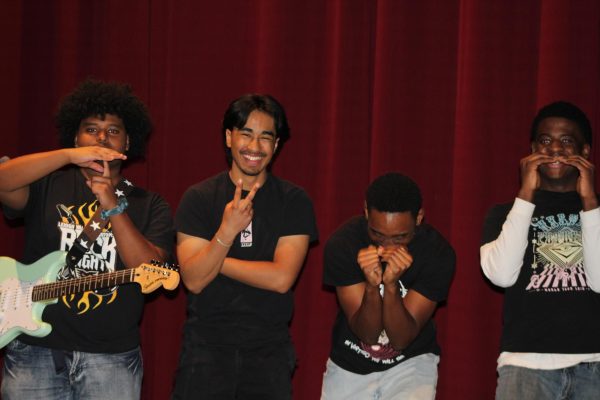America Responds: Guns, Violence, and Arming Teachers Among Key Topics in National Conversation
April 17, 2018
 On Wednesday, February 14, Nikolas Cruz, a former student at Marjory Stoneman Douglas High School in Parkland, Florida, came into the school and killed 14 students and 3 teachers.
On Wednesday, February 14, Nikolas Cruz, a former student at Marjory Stoneman Douglas High School in Parkland, Florida, came into the school and killed 14 students and 3 teachers.
This event shook the nation through news coverage flooded with crying teenagers and cell phone footage of the shooting. However, something else occurred just after the tragedy, something that America had not witnessed before, the teenage victims became advocates for change.
Survivors of the Stoneman Douglas shooting came forward and sparked broad discussions on gun control. On March 14th, students across the nation, including many Paint Branch students, held 17 – minute walkouts to honor the victims of Stoneman Douglas and advocate for stronger gun control. However, as has come to be the nom, the shooting at MSD was not the final one. The day following the walkouts came news that a shooting took place at Great MIlls High School in Saint Mary’s County, Maryland. In this incident, the shooter shot 2 students, killing one and injuring the other, before Great Mills’ school resource officer killed him. This event, along with the an incident at Clarksburg High School in Clarksburg, Maryland where police found student Alwin Chen with a loaded handgun and knife at school, shocked many Montgomery County students and staff as gun violence hit much closer to home.
As students began to wonder about their own safety at school, MCPS Superintendent Dr. Jack Smith sent an email to parents to ease any fears. In the email, Smith acknowledged that, “school systems from across the country, including Montgomery County Public Schools, have seen an increase in threats and reports of threats since the Feb. 14 tragedy.” He went on to assure parents that “while most of these threats have proven not to be credible, we take each report seriously and work closely with the Montgomery County Police Department to investigate. Anyone who is found by MCPS to have made a threat against a school will be directed to law enforcement.”
Dr. Smith’s words of clarity regarding how MCPS deals with guns and threats of violence are all part of running a school system, especially one as big as MCPS. Here at Paint Branch, Principal Dr. Myriam Yarbrough must also work with the school community to ease parental fears, help students feel safe at school, and work with teachers to create a safe environment.
Dr. Yarbrough acknowledges that the events at Stoneman Douglas and elsewhere across the nation are “a somber reminder of the fate of the world and reminds us to stay vigilant. It also reminds us of what we have to do as a community to prevent as many situations like that as possible.”
The principal points out that Paint Branch has been preparing for situations like this “through practice that includes lockdown and shelter in place as well.” She adds that, because of these drills, “you guys have got it, you know what to do if there is an emergency.”
However, Dr. Yarbrough is not only an educator, she is also a mother of four, and because of this she “always go[es] a little bit extra with the drills.” She acknowledges that she does things “from the lens of a parent and as such [she] knows that if something were to happen the number one priority would be that I keep students safe.”
Referring to the announcements that Dr. Yarbrough has made about school safety, she states that she’s, “had kind of the same talk with [her kids] that I’ve had with you – that schools are open spaces and that if something doesn’t feel right, doesn’t sound right, say something before it escalates.”
She notes that, “we’re at an advantage because we’ve practiced some drills with twists, but we can never be prepared enough and we have to be vigilant in making sure that we do the things that we are supposed to do, like when I make the reminder about not letting anyone in the building – whether it be a stranger or a person that you know – so we can make sure that you are safe.”
But, to Dr. Yarbrough, the most important thing we can do to prevent tragedies such as what happened at MSD is “making sure that we treat each other with civility and dignity so that people don’t feel isolated, so that people don’t feel distanced or disenfranchised in our community. If a student personally feels like they are close to the edge or if their fiends do, make sure that you connect with someone, and say something.”
These incidents of gun violence in schools has sparked yet another nationwide conversation about gun control with many saying that they are absolutely done with the rise of shootings in the United States. There are many ideas out there now about how to stop gun violence. These range from simple or complex legislation to a complete repeal of the Second Amendment.
The Florida legislature took action in March and passed legislation that increases the age limit for buying guns to 21 and imposes a three-day waiting period for most gun purchases. For gun control advocates this is a step in the right direction, though they feel more can be done to protect the nation. However, while this legislation moves the conversation on gun control forward, the issue of how to address gun violence at schools is still of importance to many.
According to New York Times writer Jugal K. Patel, there have been over 200 school shootings that have killed 400 people since the Sandy Hook Elementary School massacre that took 26 lives in 2012. This number is prominent in people’s minds, especially President Donald Trump, who brought forth a controversial idea to combat gun violence in schools. One way to curb the school shootings, according to President Trump, is to arm teachers. According to Ray Sanchez of CNN, President Trump feels that training and arming teachers would be an effective strategy that will allow school staff to take down a shooter before he can do significant damage.
In a March 12th tweet in support of his plan to arm school personnel, Trump wrote, “If schools are mandated to be gun free zones, violence and danger are given an open invitation to enter. Almost all school shootings are in gun free zones. Cowards will only go where there is no deterrent!”
Here at Paint Branch, there are six security guards roaming the halls each day to keep everyone safe. So, would arming them and, perhaps, some teachers be a good idea?
Mr. David Newsome, security team leader at Paint Branch, doesn’t see the value in arming teachers. “I don’t think it is a good idea,” says Mr. Newsome. “It’s too many firearms in a location where people are not qualified or trained and it can jeopardize the safety of the school. The best way to protect the school is for students to follow the rules like not opening the doors, see something say something, and inform someone if someone says something you don’t think is right, even if they’re ‘joking.’”
Teachers also feel that arming them is not the correct way to address the issue. Mr. Vincent Massey, a Vietnam veteran who teaches engineering, sees several problems with arming teachers. “I definitely think this is a bad idea,” says Mr. Massey. “First of all, what if the teacher just carries a gun with them all the time and there was an altercation? The gun could be taken from him or her, and that can cause a whole different set of problems. I think one of the things that the school can do is to hire more security guards; the more security the better.”
Ms. Kimberly Lueck, an AP World History teacher, and Mr. David Beck, a Precalculus and Algebra 2 teacher, strongly disagree with the idea of arming teachers. “I think that it is a bad idea,” says Ms. Lueck. “Personally I don’t own any firearms and I don’t think I’m qualified to carry a gun to class. I think that, if the decision is made to arm anyone in schools, that person should be the School Resource Officer (SRO), who is trained to carry a weapon.”
Mr. Beck comments, “I am fully against arming teachers because I don’t think teachers should have the mindset of taking a life away in a shooting; that is not what we are about at all. Teachers brandishing a firearm also means more of an increased risk of ‘friendly fire’ from a police officer who has to make split-second decisions. I feel the best way to protect them is to stay out of the way of the actual trained professionals.”
Around the nation, the idea of arming teachers has faced significant criticism with a number of organizations, including teachers unions, opposing the idea. According to NPR reporters Adhiti Bandlamudi and Sarah McCammon, National Education Association President, Lily Eskelsen Garcia, said “parents and educators overwhelmingly reject the idea of arming school staff.”
Bandlamudi and McCammon also reported that “Other organizations, namely the National Rifle Association, spoke out in favor of it, pointing to states and school districts that already allow guns on campus. Joshua Grubbs, an assistant professor of psychology at Bowling Green State University in Ohio, says he grew up with guns and owns a few. Despite that, he says he’s not ready for guns to be part of campus life. ‘When I had a gun on me, it wasn’t just this nice, relaxing part of who I was. It was something that was always factoring into my decisions,’ Grubbs says. ‘When I’m educating somebody, I can’t imagine holding in my head this heightened awareness, this threat assessment, this evaluating whether or not I’m going to need to use a gun and trying to educate from a place of openness and warmth and seeing the best in my students.’”
The idea of arming school staff, whether it be security personnel, teachers, or other trained individuals, is an issue that has become a national conversation in the wake of almost two decades of school shootings. Whether states respond by bringing guns into formerly “gun free” zones or developing stronger training programs for teachers and students to respond to active shooters, the fact of the matter is guns and gun violence have forever changed American schools.

